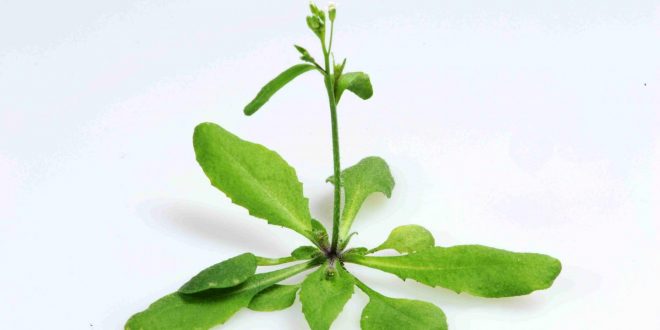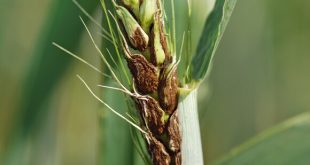A model organism is a nonhuman species that is used as a framework to develop and standardize the analysis which is applicable to other species. It’s an in vivo model which is extensively used to study human diseases when human experimentation would be unethical. In studying human diseases, model organisms provide a safe pathway for better understanding the diseases in detail without having any risk of harming an actual human. Later the idea of model organisms was also applied in solving and studying plant diseases also.
History
Many scientists from ancient times used animals and different organisms for experimentation. Aristotle and Erasistratus were the first to study their experiments on living animals. Since then the idea of model organisms arose and gradually the use of it spread. The use of guinea pig by Antoine Lavoisier and the use of anthrax in sheep by Louis Pasteur demonstrating germ theory of disease are such examples.
The idea of model organisms didn’t confine only to animals but plants, bacteria, and viruses are also included as model organisms.
Some Model Organisms
- Arabidopsis thaliana
Drosophila melanogaster - Drosophila melanogaster
- Escherichia coli
- Saccharomyces cerevisiae
- Lotus japonicus
- Zea mays
- Aplysia
- Cavia procellus and many more …
Characteristics must be followed by a Model Organism:
1) Small size.
2) Availability to experimentation and observation.
3) Must develop generation within a short time.
4) Genome sequence availability.
5) Easy for transformation.
6) Comprehensive online database.
Arabidopsis thaliana as a model organism
Arabidopsis thaliana, the thale cress, mouse-ear cress, or arabidopsis is a small flowering plant. It is native to Eurasia and Africa. It grows in rocky, sandy, and calcareous soil. Due to its widespread distribution on agricultural fields, it’s considered a weed. It grows luxuriously in temperate regions of the world.
The plant was first described in 1577 by Johannes Thal (1542–1583), a physician from Nordhausen, Germany who called it Pilosella siliquosa. In 1753, Carl Linnaeus renamed the plant Arabis thaliana in honor of Thal. In 1842, the German botanist Gustav Heyenhold erected the new genus Arabidopsis and placed the plant in that genus. The genus name, Arabidopsis comes from the Greek meaning “resembling Arabis” (the genus in which Linnaeus had initially placed it).
Taxonomic status
It belongs to the family Brassicaceae or mustard family which includes cultivated crops like cabbage, and radish. Plants of this family are known as crucifers due to having unique floral structures.
Characteristics
- It’s an angiosperm.
- A flowering plant
- Dicot plant.
- 20-25 cm tall.
- The leaves of this plant are found in the base as well as the stem.
- The seeds are small oval in shape and germinate easily.
Reasons for serving as a model organism
- It has a small life cycle of around 15 days from germination to seed maturation.
- In the laboratory, it offers easy manipulation, handling, and fast-growing facilities. It is also easily genetically tractable.
- Comprehensive knowledge of plants can be obtained by studying them.
- It allows growth in large numbers within growth chambers excluding the necessity of large field areas.
- If a standard amount of temperature and light is given it can flower in a month, which is beneficiary for any genetic study.
- It has self-fertility which helps to maintain large genetic stocks.
- Genome size of Arabidopsis sp is relatively small and this small diploid genome size reduces the time for cloning and gene manipulation.
Arabidopsis thaliana is also extensively used in epigenetics. epigenetic modification involves the interaction of the plant with the environment that affects its gene expressions.
Such environmental signals were observed in Arabidopsis thaliana where the regulation of flowering time is in response to long periods of cold temperature.
All of these features make Arabidopsis thaliana an attractive candidate for genetic analysis.
 Plantlet The Blogging Platform of Department of Botany, University of Dhaka
Plantlet The Blogging Platform of Department of Botany, University of Dhaka






